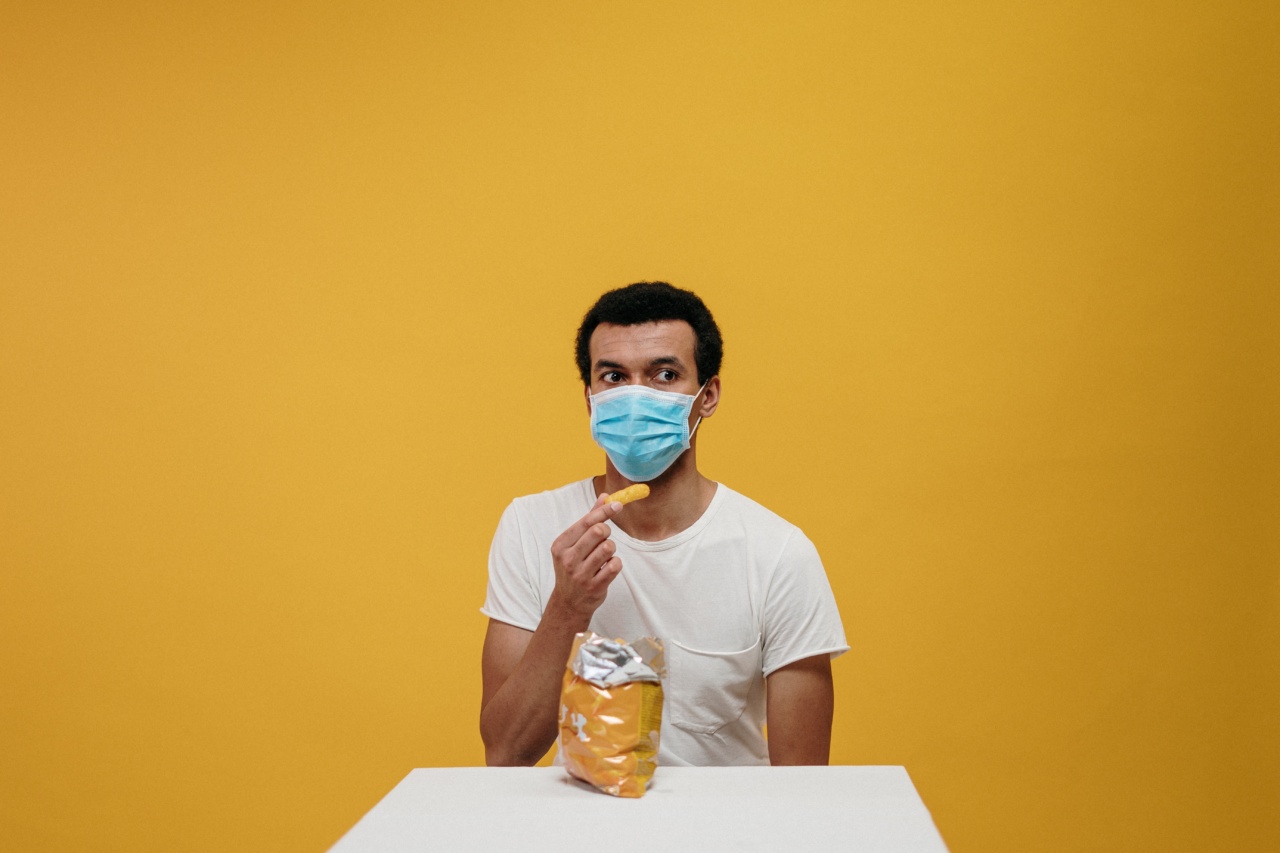When it comes to food safety, many questions arise regarding different aspects of culinary practices. One common question that often comes up is whether it is safe to eat day-old food.
While opinions may vary, it is essential to consider several factors before consuming leftovers. In this article, we will explore the risks and benefits associated with eating day-old food and provide some guidelines to ensure your meals are both tasty and safe.
Understanding Food Spoilage
Before discussing the safety of day-old food, it is crucial to understand why and how food spoils.
Food spoilage occurs when microorganisms, such as bacteria, yeasts, and molds, contaminate the food and grow to a level that affects its quality and safety. These microorganisms are present everywhere – in the air, soil, water, and on the surfaces of plants and animals. When exposed to the right conditions, they can multiply rapidly, leading to food spoilage.
The Role of Temperature in Food Safety
Temperature plays a critical role in preserving the safety of food. Bacteria and other microorganisms thrive at temperatures between 40°F (4°C) and 140°F (60°C), known as the danger zone.
To keep your food safe, it is essential to keep it either below 40°F (4°C) or above 140°F (60°C).
Refrigeration slows down the growth of bacteria, yeasts, and molds, extending the shelf life of food. However, it does not completely halt the growth of all microorganisms.
Some bacteria can still multiply, albeit at a slower rate, even in the cold environment of a refrigerator. This is why consuming day-old food requires careful consideration.
Foods That are Generally Safe to Eat as Leftovers
Not all foods are created equal when it comes to their shelf life as leftovers. Some foods tend to have a longer shelf life and are generally safe to eat after a day or two in the refrigerator. These include:.
- Cooked rice
- Pasta dishes
- Baked goods (e.g., bread, cakes)
- Soups and stews
- Casseroles
These foods are considered low-risk because they either have a low moisture content, have been cooked at high temperatures, or have a high acid content that inhibits bacterial growth.
However, it is crucial to handle and store them properly to minimize the risk of contamination.
The Risks: Foodborne Illnesses
While some foods are generally safe as leftovers, consuming day-old food does come with some risks. One of the primary concerns is the potential for foodborne illnesses. Bacteria such as Salmonella, Escherichia coli (E.
coli), and Staphylococcus aureus can contaminate food and cause severe illnesses.
Improper storage, inadequate reheating, and extended storage times can allow these bacteria to multiply to dangerous levels.
Consuming contaminated food can lead to symptoms such as nausea, vomiting, diarrhea, abdominal pain, and in severe cases, hospitalization. Certain individuals, such as young children, pregnant women, the elderly, and people with compromised immune systems, are particularly vulnerable to foodborne illnesses.
Tips for Safe Leftovers
While the risks associated with day-old food cannot be entirely eliminated, there are precautions you can take to minimize the chances of foodborne illnesses. Here are some helpful tips:.
1. Proper Storage
As soon as you finish your meal, promptly store any leftovers in airtight containers. This step is crucial to prevent the growth of microorganisms. Make sure to divide large portions into smaller ones to promote faster cooling.
Place the containers in the refrigerator within two hours of cooking to slow down the growth of bacteria.
2. Reheating Thoroughly
When reheating leftovers, it is crucial to ensure they reach an internal temperature of at least 165°F (74°C). This temperature is considered safe, as it kills most bacteria that could be present in the food.
Use a food thermometer to check the internal temperature and make sure that the food is piping hot throughout.
3. Time Limits
It is generally safe to consume leftovers within three to four days if they have been stored properly. However, it is important to note that the quality and taste of the food may decline after the first day.
If leftovers have an off smell, unusual texture, or mold growth, it is best to dispose of them, as they may no longer be safe to eat.
4. Avoid Temperature Abuse
When consuming leftovers, it is essential to avoid temperature abuse. Do not leave the food at room temperature for an extended period. The longer perishable food sits between 40°F (4°C) and 140°F (60°C), the more bacteria can multiply.
To be safe, refrigerate leftover food as soon as possible after consuming it.
When in Doubt, Throw it Out
While it’s tempting to save money and reduce food waste by consuming day-old food, it’s crucial not to compromise your health.
If you have any doubts about the safety of the food, it is always better to err on the side of caution and discard it. Trust your senses – if the food looks, smells, or tastes off, it’s best not to consume it.
The Bottom Line
Eating day-old food can be safe if handled and stored properly. Understanding the risk associated with food spoilage and the precautions necessary to minimize these risks is key.
Remember to store leftovers promptly, reheat them thoroughly, and consume them within recommended time limits. By following these guidelines, you can reduce the chances of foodborne illnesses and enjoy delicious meals without worries.


























